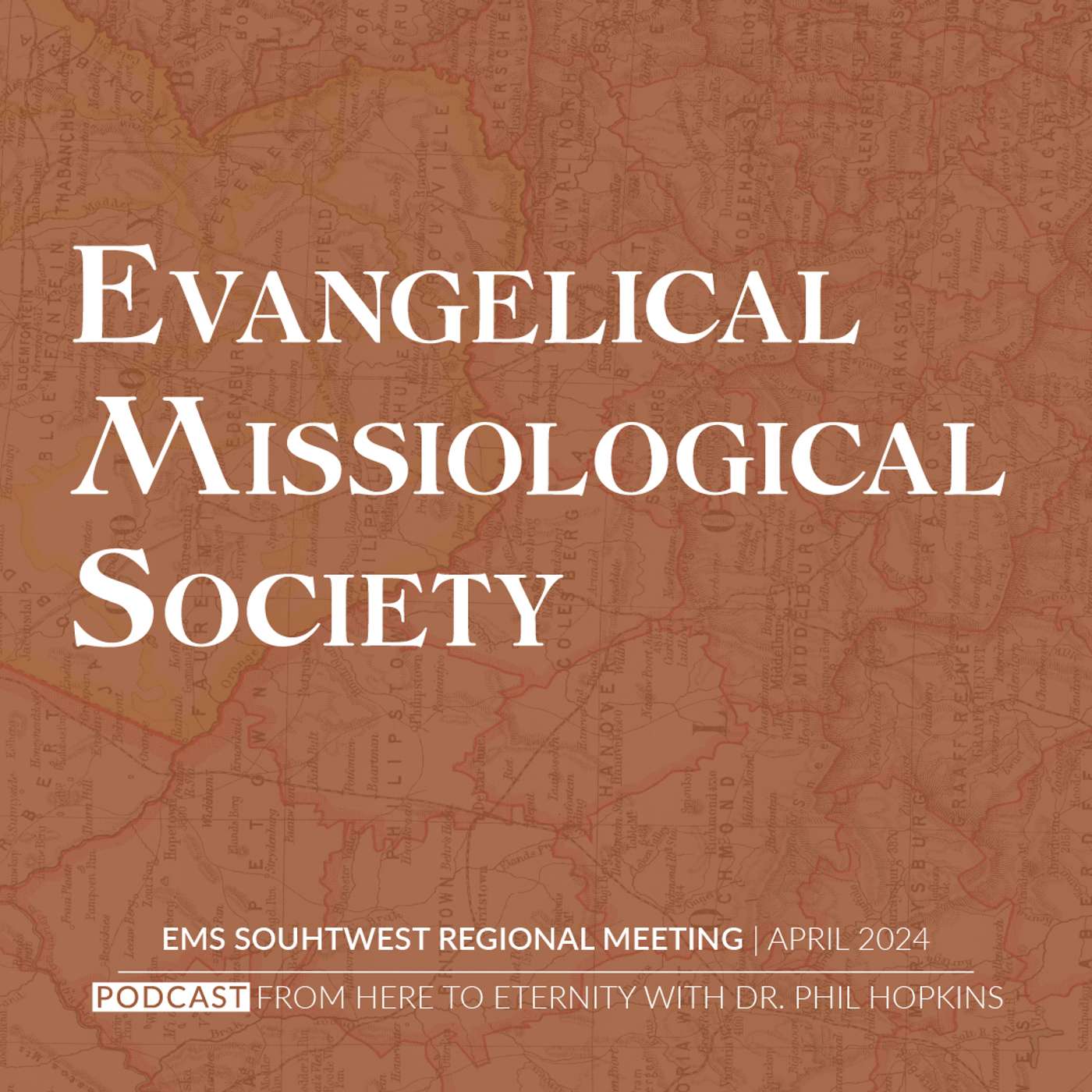Many Bible teachers want to know how to make their Bible study “deeper.” Too many Bible studies teach familiar passages in the same old ways. The concepts addressed by learners may seem moralistic (“just try to be a good person”) or simplistic (“Jesus will help you with your problem”), and leave people hungry for something meatier, more challenging.
In an effort to make Bible study deeper, some use a barrage of Scripture verses. “The more verses you use,” they reason, “the deeper the Bible study.” But that is not always true. Suppose you are teaching 1 Corinthians 13, the love chapter. So, you search for other verses that talk about love. You pull a verse from Leviticus (love your neighbor as yourself), a verse from Psalms (how I love the law of the Lord), and a verse from John (God so loved the world). They all talk about love, so that makes my study of love deeper, right? NO! Each of these verses has something specific to say, and we just glanced across the surface of some of the ways “love” is used in the Bible. That’s not deep.
Deep Bible study requires us to trust that the passage of Scripture we are studying actually speaks to people today. The Bible is relevant; we don’t need to splice several ideas together to make it relevant. If you want your Bible study to be deeper, dig deeper into the meaning of the passage you have chosen. How do you do that?
Help learners to understand the situation into which the passage was written.
While the Bible is eternal and is true for all generations, deep understanding of the passage begins by understanding what it meant to the original readers. Often you can discover this through the context of the Scripture, but it may also require you to look at what scholars have written about the situation. If we misunderstand what it meant to the original readers, we may misunderstand what it has to say for us today as well.
Help learners experience the humanity in a passage of Scripture.
Shallow Bible study moves quickly to life application for today. Deep Bible study invites learners into the humanity in which the Bible was written. It wrestles with the poverty of the Philippians, the anguish of Mary and Martha at the death of their brother, and at the fear of David as he penned psalms begging for God’s intervention. Seeing how the Bible deals with real people in real struggles being responded to by a real God gives learners a deeper understanding and appreciation for the Scripture.
Help learners to put the specific message of the passage into words.
After a careful study of the passage, answer these questions: What is the passage about? And, what is the passage saying about what it is about? Too often Bible study teachers stop with the first question. We identify the topic and then teach what we always teach about that topic. That leads to shallow Bible study. But, the Bible speaks with a lot more specificity than that. If the passage is about grace, what does it specifically say about grace in THIS passage? When class members can explain what the passage says about the topic, they have developed a deeper understanding.
So, do I ever pull other passages of Scripture into my Bible study? If my objective is to teach broadly, sure, use all the Scripture you want. But, if you want to teach deeply, only use additional passages if they help your learners better understand the truth of the passage you are teaching.
Read More

Lessons from Twenty-Five Years of Preaching God’s Word
I am unashamedly an expository preacher. My first sermon, however, was not.

“Faith is a tree known by its fruits”: The Gisle Johnson Project
The Gisle Johnson Project is a new research endeavor spearheaded by Robb Torseth
Listen
Ecclesiology and Evangelical Missionaries by Dr. Richard Cook
Evangelical Missiological Society, “EMS Southwest Regional Meeting”, April 4th 2024
Richard Cook, Logos Evangelical Seminary
Ecclesiology and Evangelical Missionaries: 1900 to the Present (Part 2)
To u

Jonathan Edwards and Reformed Arminianism with Matthew Pinson
J. Matthew Pinson earned his a doctorate from Vanderbilt University and currently serves as president of Welch College in Gallatin, Tennessee. He joins our podcast this week to talk about his book, Jonathan Edwards: A Reformed Arminian Engagement.
<




